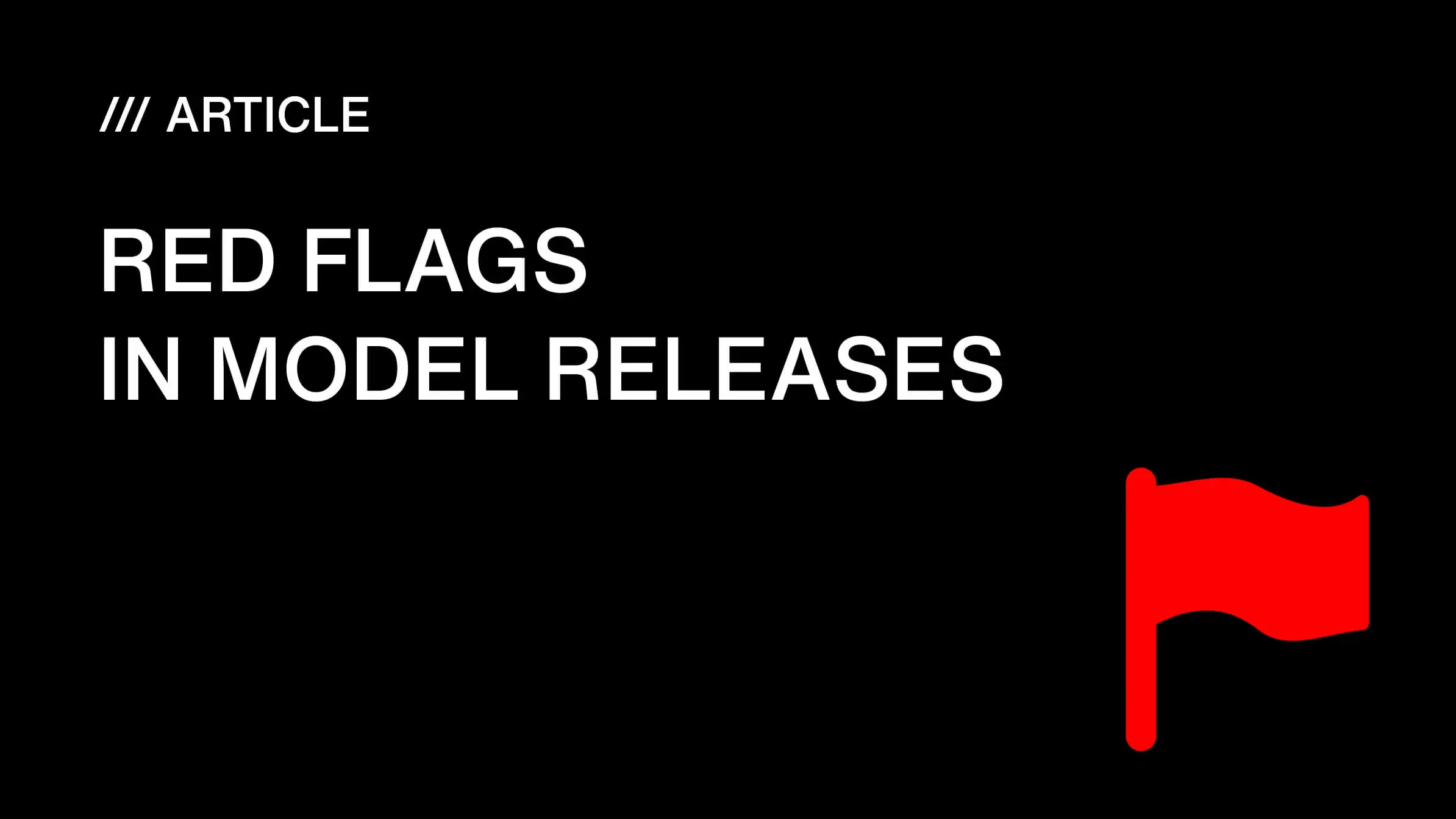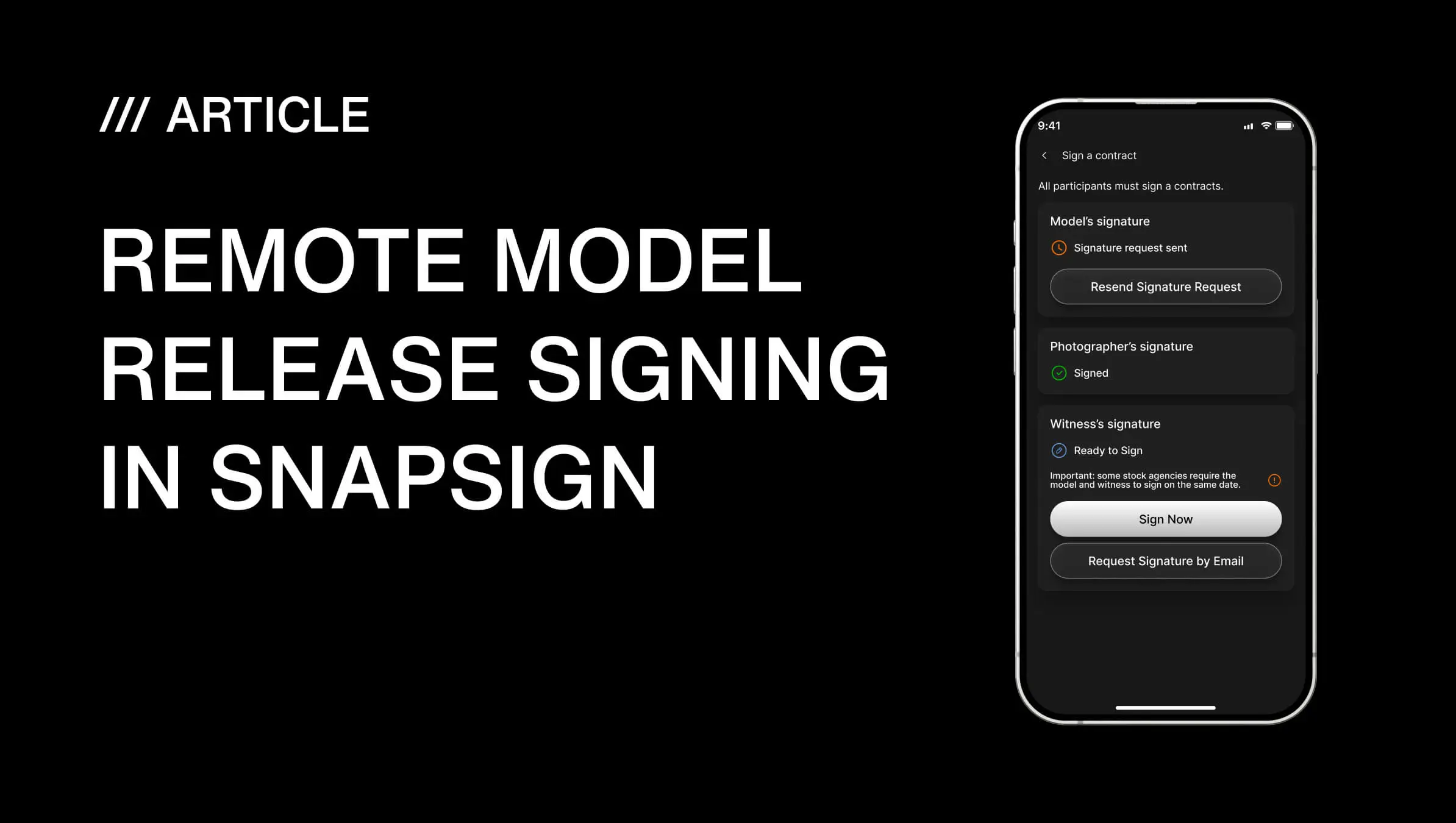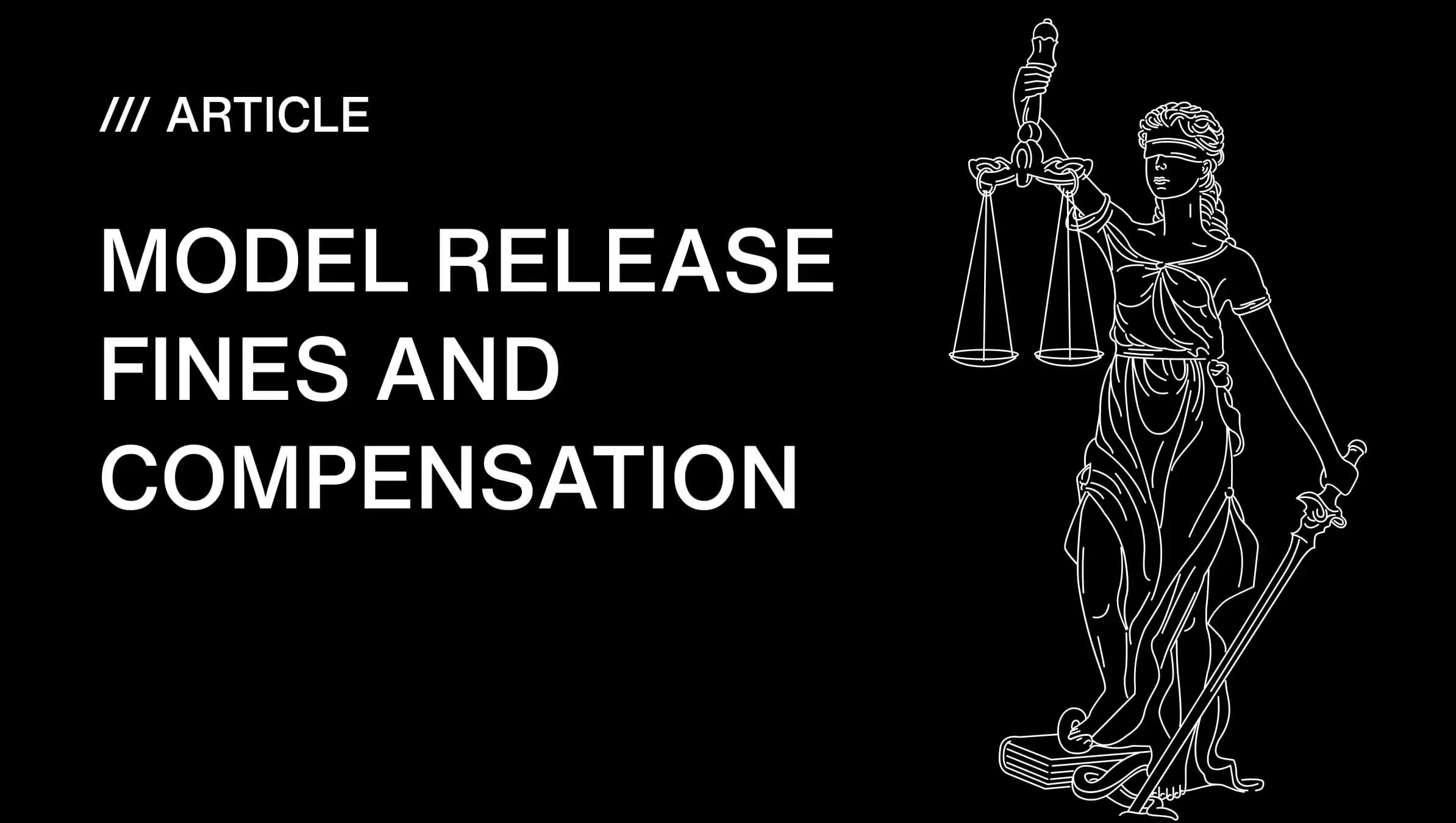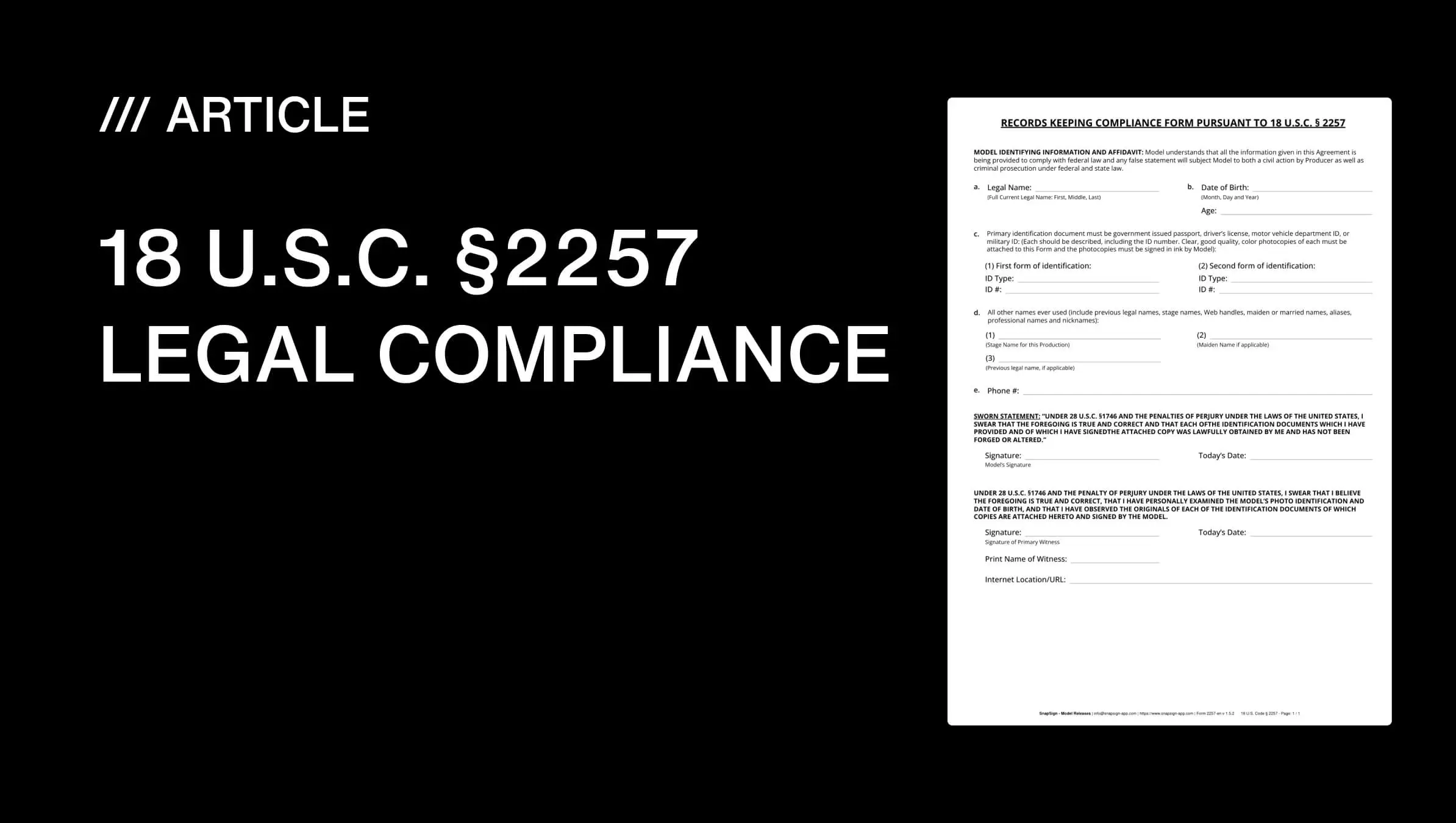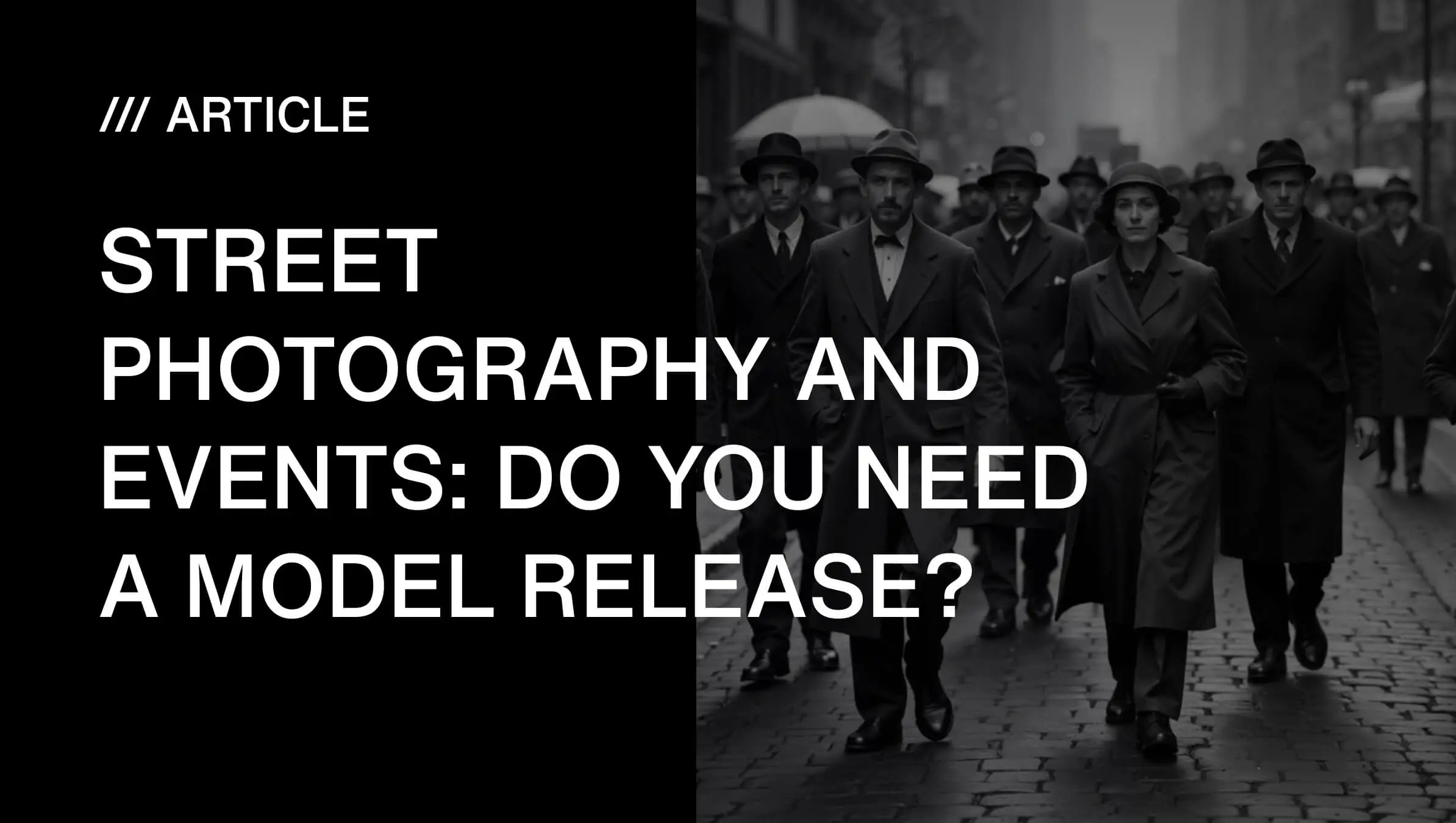Why Model Releases Can Be a Legal Minefield
I can still recall the initial moment I signed a model release without fully reviewing it. Enthusiastic, keen, and simply thrilled to secure the opportunity, I hastily signed my name and continued. Months later, I saw my creation displayed on a gigantic billboard abroad. Guess what I earned from it? Nothing.
Model releases might look like nothing more than a boring admin form, but they’re the gatekeepers to your image rights and creative freedom. And here’s the thing - one bad clause can stick to you like chewing gum on your shoe, following you around for years. These photography contract red flags are often hiding in plain sight.
What a Model Release Is Really For
In Simple Terms
To put it bluntly, a release is a handshake on paper: “You can use my image, in this way, for this amount of time.” When done right, everyone wins.
Where It Goes Wrong
The real trouble starts when you’re handed a boilerplate template crammed with sweeping rights - clauses the other party might not even intend to exploit… until money or ego gets involved. As my mentor once told me,
“If it’s in the contract, assume it can and will be used.”
The Big Red Flags in Model Release Clauses
1. Overly Broad Non-Compete Clauses in Model Releases
I’ve seen a contract that barred a model from working with any “similar” brand for five years. Five years! That’s akin to saying a chef can’t prepare pasta just because they had a job at an Italian eatery.
How it bites: You take a skincare gig. Six months later, a bigger brand offers more money. You can’t take it - you’re locked in.
Fix: Keep non-competes short (6–12 months) and laser-specific to a product type and region. This is a classic model release contract pitfall.
2. Vague or Open-Ended Revocation Clauses
These are silent killers. A clause that lets someone pull consent at any time without notice? Disaster.
Scenario: You print 10,000 brochures. Two weeks later, you get a “Sorry, we’ve changed our minds” email. All that work? Down the drain.
Fix: Lock in a notice period (30–60 days) and spell out the conditions for pulling the plug.
3. Perpetual Exclusivity in Model Releases
Exclusivity for a limited time is fine - perpetual exclusivity is like marrying someone you barely know and never being allowed to leave.
Scenario: You do a sportswear shoot in your twenties. At fifty, you’re still barred from anything “athletic.”
Fix: Cap it at a year and restrict it to certain channels or markets.
4. Ambiguous Payment Terms in Photography Contracts
The phrase “payment to be agreed” is the biggest wrench in the works you’ll ever see in a contract.
Scenario: You deliver, they delay. Weeks pass. The payment conversation suddenly turns into “We’ll promote you instead.”
Fix: Put the amount, method, and due date in black and white. Clear payment terms are a must in contract negotiation for photographers.
5. Unlimited Usage Rights in Model Releases with No Scope
When a release says “global, perpetual, all-media,” that’s not a compliment - it’s a rights grab.
Fix: Define exactly where, how, and for how long your image can be used. Anything extra? That’s a new deal and a new check.
6. No Credit or Attribution Clause
Without credit, your work could be floating around the internet or print media without your name attached. That’s like baking the cake and watching someone else get the compliments.
Fix: Add a clause for credit, at least in portfolios and promotional use, “where practical.” Proper attribution is a core photography legal tip.
7. One-Sided Indemnity
If you’re the only one covering legal claims, you’re basically volunteering to be the fall guy.
Scenario: The brand misuses your image in a way that breaches another law. You get the lawsuit.
Fix: Indemnity should be mutual - each side covers their own mess.
8. Full Rights Transfer Without Royalties
Selling full rights for a flat fee can be fine - if the fee is massive. But most times, it’s not.
Scenario: Your shot becomes the face of a multimillion-dollar campaign. You? You still have the same check you got months ago.
Fix: Consider licensing instead of selling, or negotiate royalties for extended use. This is one of the most dangerous clauses in model releases.
9. Moral Rights Waivers Without Safeguards
Waiving moral rights means they can do anything with your image - bad edits, weird filters, or pairing you with causes you’d never touch.
Fix: Keep moral rights intact or limit alterations to ones you’ve approved. For more on moral rights, see UK Copyright Service.
10. Dispute Resolution in Their Backyard
If disputes have to be settled in a city - or country - far from you, fighting back might be impossible.
Fix: Choose a neutral, affordable legal venue for both sides. WIPO offers guidance on usage rights agreements here: World Intellectual Property Organization.
How I Avoid These Landmines
Here’s my personal checklist before I sign:
- • Read everything slowly - even the boring parts.
- • Ask questions - ambiguity is not your friend.
- • Bring my own release - starting from my terms gives me leverage.
- • Get a lawyer to glance over it - cheaper than a lawsuit.
Bottom Line
A model release should be a fair deal - a genuine handshake in writing. But the wrong one? It’s a ticking time bomb. Spot the model release red flags early, steer clear of dangerous clauses, and you’ll protect not just your work, but your future.
